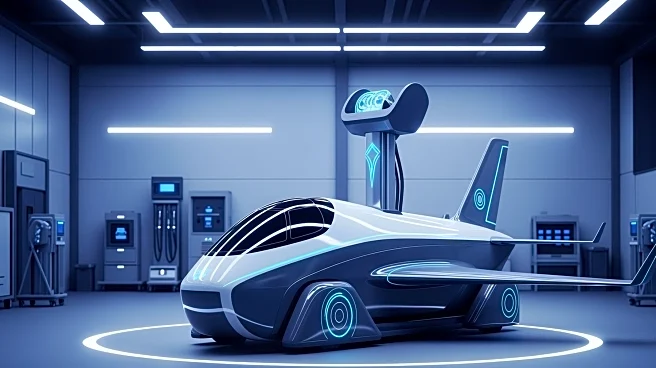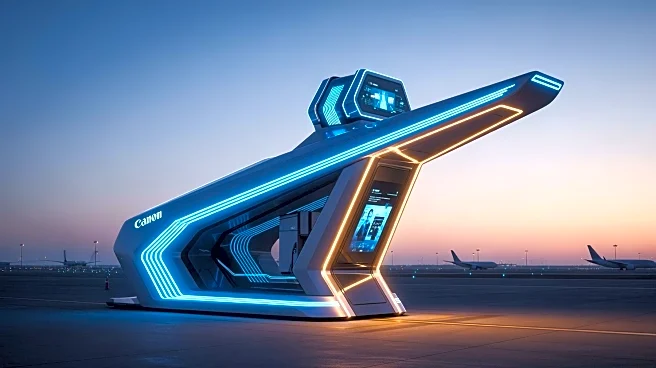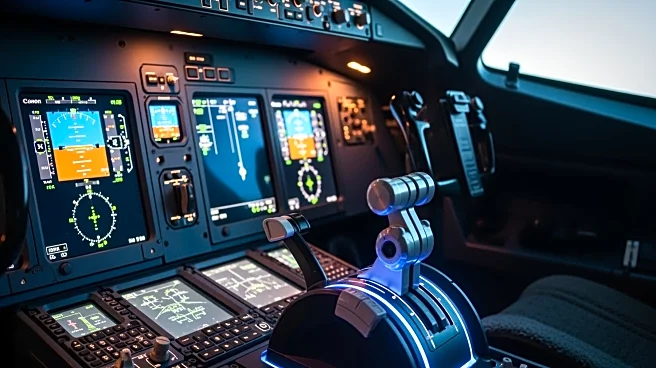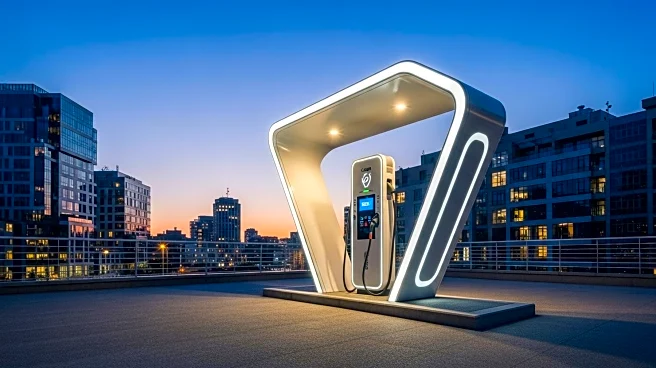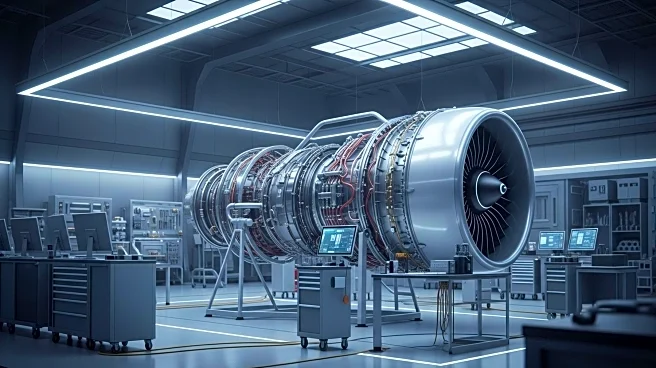What's Happening?
Skymark Refuelers, in collaboration with World Fuel Services and Clay Lacy Aviation, has introduced the largest all-electric aircraft refueler in the U.S. at the NBAA-BACE event in Las Vegas. The 7,000-gallon
EV Refueler, equipped with a zero-emission drivetrain, is designed to pump sustainable aviation fuel at Clay Lacy Aviation's Van Nuys Airport in California. The refueler features advanced technology, including smart monitoring systems and compliance with National Fire Protection Association standards. This initiative is part of Clay Lacy Aviation's sustainability program, aiming to enhance environmental goals and service efficiency.
Why It's Important?
The introduction of the largest electric jet refueler marks a significant step towards reducing carbon emissions in the aviation industry. As sustainability becomes a priority, this innovation supports the industry's shift towards greener practices. The refueler's deployment at a major airport highlights the growing demand for sustainable aviation fuel and electric ground service equipment. This development could influence other aviation companies to adopt similar technologies, potentially leading to widespread environmental benefits and operational efficiencies.
What's Next?
Clay Lacy Aviation plans to utilize the refueler to enhance its service offerings while maintaining environmental standards. The collaboration between Skymark Refuelers, World Fuel Services, and Clay Lacy Aviation may inspire further partnerships aimed at advancing sustainable aviation technologies. As the industry continues to prioritize sustainability, more airports and aviation companies might invest in electric refuelers and sustainable fuel solutions, driving innovation and environmental responsibility.
Beyond the Headlines
The shift towards electric refuelers reflects broader trends in the aviation industry, including the adoption of sustainable practices and technologies. This move aligns with global efforts to combat climate change and reduce reliance on fossil fuels. The successful implementation of such technologies could pave the way for regulatory changes and increased investment in sustainable aviation infrastructure.
